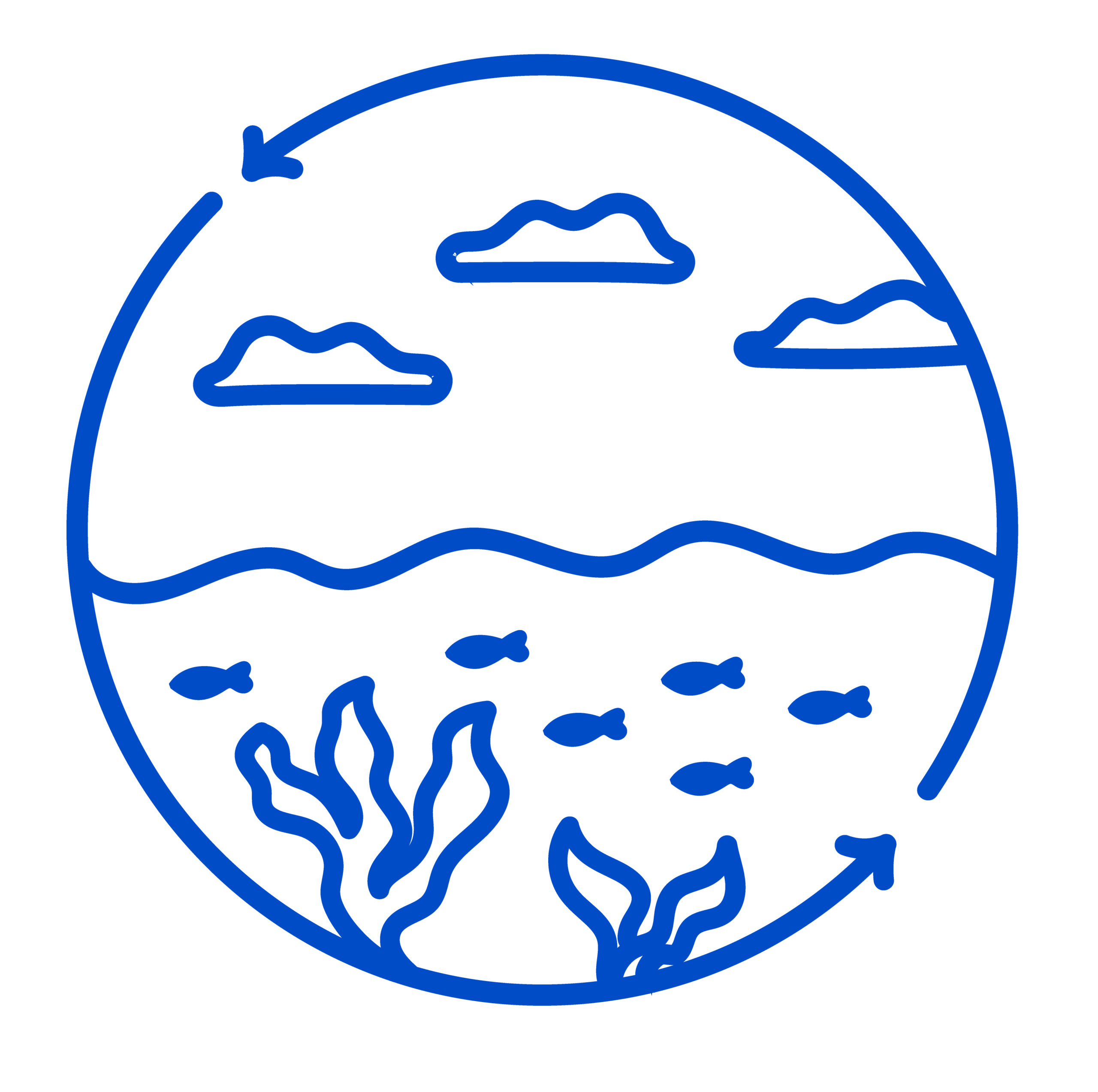National Fisheries Network promotes networking in fisheries development
National Fisheries Network is a network-like development organization piloted by FLAG activators. Its mission is to support the growth, development and networking of the fisheries industries in Finland.

Background
The National Fisheries Network was born out of the need to connect different actors and stakeholders in the field of fisheries. Officially launched in January 2024, the network was included already in the planning phases of the EMFAF program period 2023-2027 in Finland. The Ministry of Agriculture and Forestry assigned the task of assembling and managing the network to FLAG activators who also responsible of organizing the network and its functioning. The network model can sustain through changes in the workforce composition and ensure the continuation of effective communications. The fisheries network is growing to be the main forum and platform for information exchange, cooperation and industry development in the field of fishery in Finland.
Operation and goals
- Development of information flow within the sector and activation of network members in communication
- Searching for and disseminating good practices and procedures
- Increasing cooperation opportunities
- Increasing cooperation across sector boundaries
- Increasing the effectiveness of national programs through information
- Increasing and sharing expertise
- Providing technical advice to areas outside FLAG areas

The network operates through five thematic groups, which the members of the fishery sector, researchers and other stakeholders can join freely according to their interests. Each group has a leading FLAG activator who organizes the group, helps to create and promote the group activities and communicates about the possibilities the membership offers. The themes were chosen on the basis of the National Programme for the Promotion of Fisheries (Kalatalouden edistämisohjelma) and the common goals and work that FLAGs are experienced with – some more in certain categories than others.
- Communication and effectiveness
- Education and recruitment
- Smart partnerships
- Counseling and activities supporting growth
- International networking
The goal of the network program is to create and develop an efficient and flexible network that accelerates the development of commercial fisheries by expanding, entering into partnerships, communicating effectively and extending activation and advisory activities to areas outside the FLAG activities. The activity promotes the implementation of the EMFAF program and especially the fund’s Fisheries Innovation Programs and the National program for the promotion of fisheries and increases their effectiveness. The network aims to involve entrepreneurs, researchers and developers from commercial fisheries, parallel industries and other stakeholders.
A Brief History of Networking Activities
In previous program periods, the Ministry of Agriculture and Forestry funded the hiring of a single network coordinator. The coordinator’s job was very broad, leaving little time for networking with industry players. Additionally, frequent changes in the position made it even harder to achieve results.
Establishment and Management of the Current Network
The new program period’s network was built entirely on the foundation of the FLAG groups. Research has shown that FLAGs have good, effective networks and a trusted position, especially among industry companies. It was also known that research and development activities in the industry needed support for communication and networking.
The network operates on a rotating counseling activator model, meaning the network leader changes annually. Each fall, a new apprentice is chosen for the following year, who then becomes the counseling activator after their apprentice year. This ensures continuity in leadership transitions.
Funding for the network comes from the Ministry of Agriculture and Forestry’s EMFAF fund’s Technical support. This funding allows each activator to spend about 20% of their work time on network activities, although needs and opportunities vary. The network’s total salary budget is about 135,000 euros per year. Additionally, there is a shared expense budget of about 30,000 euros for costs such as travel.
Challenges and Successes
- Activators have been chosen and hired to meet the specific needs of their regions, making national coordination challenging.
- The activator’s work has been very independent and self-directed. Adapting to fully remote group work is not easy.
- Activators need expertise in fisheries, so their educational background is often in biology or ichthyology. However, network work requires different skills such as communication, finance, education, and business development.
- There was no previous model for this type of network. We have developed our own working methods, tools, and management and monitoring systems.
- Part-time work, local responsibilities, and other tasks make it difficult to find effective collaboration time.
Work limitations
- We do not get involved in industry advocacy.
- The network cannot fund its own projects (or even joint projects of the FLAG groups).”

